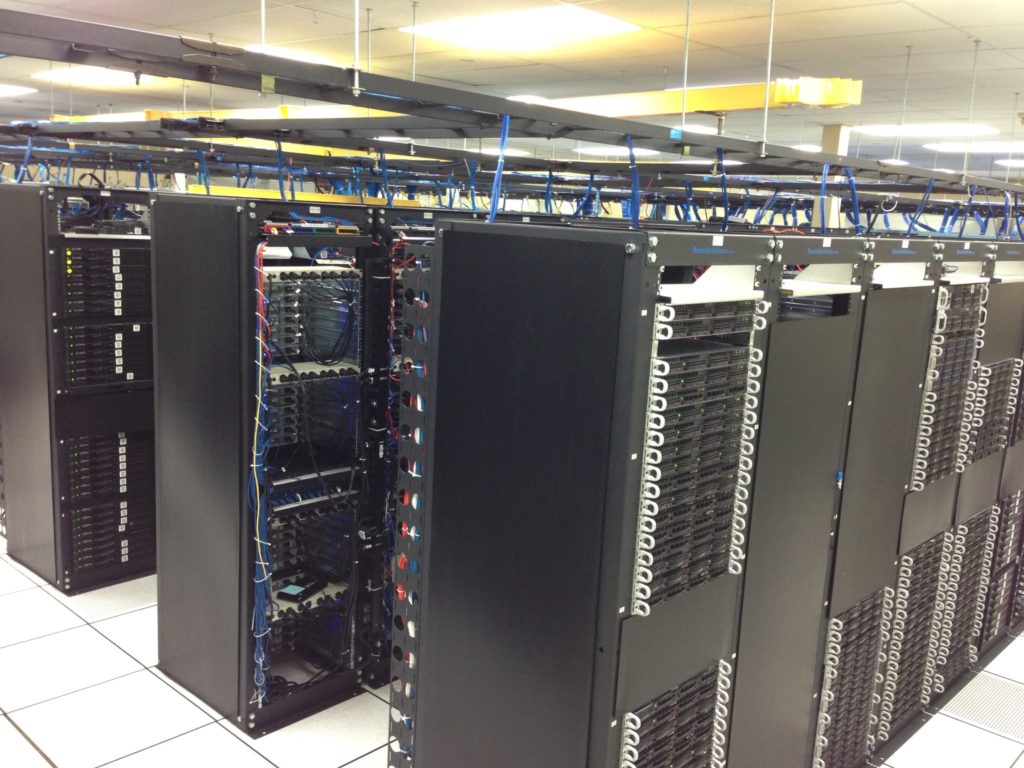In this era of the constant evolution of technology, hackers, and cybercriminals continue to advance in their tactics of infiltrating networks to steal sensitive data.
Thus, the security of your network infrastructure should be a top priority in your organization. It is important to have a comprehensive security strategy in place, including physical security measures for your network racks, which house the core of your IT infrastructure.
In this blog, we will share the best practices for protecting your network infrastructure through secure network rack practices.
Why is the Security of Network Racks Important?
Your network system is the backbone of your business, containing confidential data and sensitive information about your operations. It is important to protect your network racks from unauthorized access or tampering, both physically and digitally.
Physical breaches of security can lead to theft, damage, or destruction of equipment, and data breaches can result in severe consequences such as loss of customer trust, legal fines, and reputation damage. Network racks are the central hub of your data center, making them an easy target for anyone looking to disrupt your business.
That’s why it’s crucial to choose the best Network Rack Manufacturers and take appropriate measures to secure your network racks to prevent unauthorized access and protect your valuable data. Don’t take the risk of leaving your network racks exposed— invest in robust security measures to ensure the smooth operation of your business.
Best Practices for Protecting Your Network Infrastructure
Control Access to the Rack
You need to ensure that only authorized persons have access to the network racks. To achieve this, you can use access control measures such as locking doors and cabinets, biometric/ smart card authentication, surveillance cameras, or security personnel. When implementing these security measures, ensure that the locks and latches for the racks are sturdy and that the doors or gates are buffered to avoid unnecessary noise pollution.
Monitor Environmental Conditions
Maintaining a suitable environment for your network infrastructure in the racks is essential for optimal functioning.
Monitoring the temperature, humidity levels, and ventilation are some of the best practices to maintain the ideal operating conditions for the equipment. People often overlook the importance of maintaining a cool and well-ventilated room because high temperatures can damage your network infrastructure, leading to hardware failure and other associated problems.
Implement Cable Management
Cable management is another important best practice that offers both physical and visual security benefits. Cables should be properly installed to avoid clutter around the network racks.
This helps minimize tripping hazards and potential damage to wires and enables easy access to maintenance services, allowing the IT team to identify application or connection issues and fix them quickly. Using vertical or horizontal cable management systems can aid organization and security, making it easier to trace conflicts or unauthorized access at a glance.
Follow Compliance Standards
Adherence to industry-specific security guidelines and standards is critical to network infrastructure security. Most commercial, data center, and government bodies require compliance with protocols such as ISO/IEC 27001, PCI-DSS, HIPAA, and FISMA, among others.
These frameworks provide a template for IT security policies and practices, making compliance easier when defining security policies to improve security posture.
Secure Ports Against Physical Access
Ports on your network equipment can be tempting targets for social engineering tactics that can damage your network infrastructure and allow eavesdropping or cyber-attacks. Physical access controls should be able to limit the number of open ports, lock or disable inactive ones, and use secure port-based authentication and verification protocols such as 802.1q.
Conclusion
Securing your network racks is essential to the stability and reliability of your services, as well as the overall security of your organization. By implementing these practices, you can ensure that your IT infrastructure remains secure and intact, and you avoid the consequences of security breaches such as data loss, damage to your reputation, and regulatory criticism. Contact your trusted IT security provider to help you implement these best practices and enhance your security posture.
